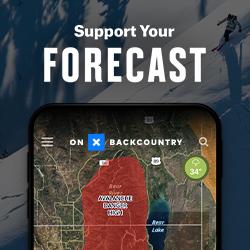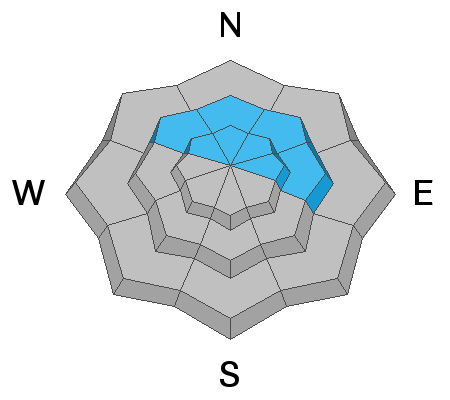Forecast for the Ogden Area Mountains

Issued by Trent Meisenheimer on
Saturday morning, January 8, 2022
Saturday morning, January 8, 2022
Dense storm and wind-drifted snow has created a CONSIDERABLE avalanche danger on mid and upper elevation aspects facing northwest to north and east where avalanches may break down 2-4' into old, weak snow down near the ground. A MODERATE avalanche danger exists on southerly and west aspects at the mid and upper elevations for both hard and soft drifts of wind-blown snow.
The good news is that excellent and safer riding can be found on lower-angle slopes with no overhead hazard.

Low
Moderate
Considerable
High
Extreme
Learn how to read the forecast here





